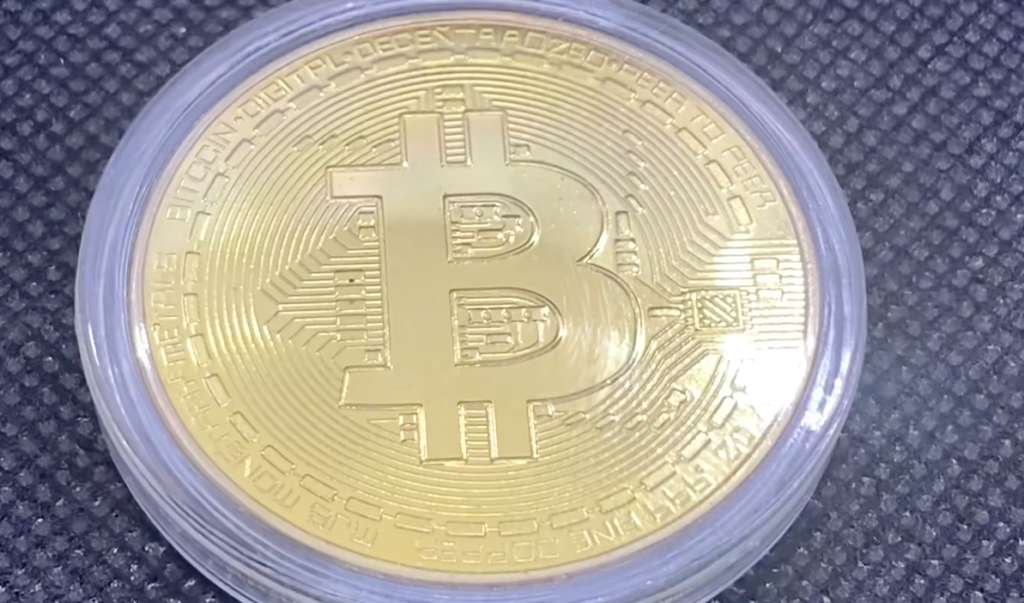The Largest Bitcoin Holders: What Happens if Crypto Whales Sell?
Bitcoin (BTC) has come a long way since its mysterious origin, becoming the most valuable cryptocurrency in the world. Along this journey, certain individuals, institutions, and entities have amassed massive Bitcoin holdings, earning the title of crypto whales. These whales hold a significant portion of the total Bitcoin supply—often tens of thousands of coins. As Bitcoin’s market is highly liquid but still volatile, the sudden decision by these whales to sell their holdings could cause major ripples across the entire financial ecosystem.
In this article, we’ll explore:
- Who the largest Bitcoin holders (whales) are.
- Why whales sell their holdings and the signals it sends.
- How markets, investors, and governments might react if a major sell-off occurs.
- What long-term impacts the crypto world could face.
Let’s dive into the fascinating world of Bitcoin whales and the potential impact of their actions.
I. Who Are the Largest Bitcoin Holders?
Bitcoin whales are individuals or institutions that own large amounts of Bitcoin, usually 1,000 BTC or more. Let’s categorize the major Bitcoin holders:
1. Satoshi Nakamoto
The elusive creator of Bitcoin, Satoshi Nakamoto, is estimated to hold around 1 million BTC, which accounts for nearly 5% of the total Bitcoin supply. These coins have never moved from the original wallets they were mined to, and speculation about Satoshi’s intentions fuels a lot of discussion within the crypto community. If these coins were ever sold, it would likely cause panic, signaling the collapse of Bitcoin’s origins and trust.
2. Early Bitcoin Adopters and Miners
Several early adopters, like Hal Finney, The Winklevoss Twins, and other early pioneers, mined or purchased Bitcoin when it was worth less than a dollar. Many of these wallets contain thousands of BTC. Some are believed to be lost forever, but others still belong to influential individuals with the potential to move markets if they sell.
3. Cryptocurrency Exchanges
Exchanges like Binance, Coinbase, and Kraken hold a large share of Bitcoin in custodial wallets for their users. A mass withdrawal or liquidation from an exchange could send shockwaves throughout the market, eroding trust and liquidity.
4. Institutional Investors and Corporations
In recent years, Bitcoin has attracted institutional investors like MicroStrategy, Tesla, and Grayscale Investments. These companies have accumulated massive reserves—Tesla reportedly holds around 10,500 BTC, and MicroStrategy holds over 150,000 BTC. If these corporations begin to sell, it could have profound implications for Bitcoin’s market value and investor confidence.
II. What Happens When a Crypto Whale Sells?
When a whale sells a significant portion of their Bitcoin holdings, it can trigger several market events and economic effects. Here’s a breakdown of the possible outcomes:
1. Market Prices Drop Rapidly
The most immediate and visible effect of a whale sale is a price drop. Since Bitcoin’s price is largely determined by supply and demand on exchanges, a sudden flood of Bitcoin can overwhelm buyers and drive the price downward.
- If multiple whales sell within a short period, it can create a chain reaction, causing panic and further sell-offs.
- A single whale unloading tens of thousands of BTC could cause price slippage, where the selling price becomes progressively lower due to lack of liquidity.
2. Investor Panic and Market Volatility
When the market senses that a large holder is selling, panic can set in. Retail investors—those who own smaller amounts—might begin panic selling, hoping to avoid further losses. This behavior can trigger:
- High volatility, with Bitcoin prices fluctuating dramatically within minutes or hours.
- Liquidation cascades—automated sell-offs by trading platforms and leveraged positions, which can further magnify losses.
3. Impact on Other Cryptocurrencies
Bitcoin is the bellwether of the cryptocurrency market, influencing the prices of Ethereum, Litecoin, Ripple, and others. When Bitcoin falls sharply, other cryptocurrencies usually follow suit.
- A large sell-off by whales could trigger cross-asset panic, causing price crashes across the entire crypto ecosystem.
- Investors may shift to stablecoins (like USDT or USDC) or withdraw entirely from crypto markets.
III. Why Would Crypto Whales Decide to Sell?
There are many reasons a whale might choose to liquidate their holdings. Understanding these motivations can offer insight into market behavior and help predict future trends.
1. Profit-Taking
Bitcoin’s price has experienced explosive growth over the past decade, with several cycles of bull and bear markets. Some whales may sell to lock in profits after reaching their financial goals.
- Large holders from Bitcoin’s early days may decide it’s time to cash out and enjoy their wealth.
- Corporations may sell to realize profits and reinvest in other business ventures.
2. Market Sentiment and Fear
Whales, like other investors, can become concerned about the future of Bitcoin.
- News of regulatory crackdowns, bans, or taxation policies can push whales to sell preemptively.
- If whales believe the crypto market is heading into a bear market, they may liquidate before prices fall further.
3. Corporate or Financial Necessity
In the case of companies like Tesla or MicroStrategy, corporate decisions or financial stress could force the sale of Bitcoin holdings.
- A company might need to free up liquidity during an economic downturn.
- Regulatory changes or tax obligations could compel businesses to reduce their Bitcoin reserves.
IV. What Happens to the Crypto Market if Whales Sell?
The fallout from a whale sell-off extends beyond just Bitcoin’s price. Here are some broader effects:
1. Short-Term Price Collapse and Rebound
Historically, Bitcoin has experienced several sharp sell-offs followed by rapid recoveries. While whale sales can create short-term chaos, they also present buying opportunities for long-term investors who believe in Bitcoin’s potential.
2. Increased Regulatory Scrutiny
If Bitcoin prices become highly volatile due to whale activity, regulators might step in to impose stricter rules on the market.
- Governments may push for more transparency from exchanges and custodial platforms.
- Institutions might face pressure to disclose their Bitcoin holdings and transactions.
3. Shifts in Market Power
If large whales exit the market, Bitcoin’s ownership structure could become more decentralized.
- Smaller investors and newer institutions could fill the void left by departing whales.
- This shift could potentially reduce price manipulation and improve market health over time.
V. Long-Term Impact on Bitcoin and Crypto Markets
Bitcoin’s ecosystem has proven resilient over the years, surviving numerous whale sell-offs, government bans, and bear markets. However, significant whale activity can still shape the market’s future.
1. Reduced Influence of Whales
If a major whale sell-off leads to redistribution of Bitcoin, it could strengthen the network by spreading ownership more evenly across a broader user base. A more decentralized market would be less prone to manipulation by a few powerful entities.
2. Increased Institutional Involvement
Some analysts believe that large-scale sales by early adopters will pave the way for greater institutional involvement. If Bitcoin becomes more liquid and less volatile, traditional investors may view it as a reliable store of value.
3. A More Mature Market
Bitcoin is still evolving as an asset class. Over time, whale sell-offs will likely become less disruptive as the market matures and gains more liquidity. Bitcoin’s integration with traditional finance and increasing adoption could stabilize prices, even in the face of large sales.
Conclusion: Navigating the Waters of Whale Activity
The influence of Bitcoin whales cannot be ignored. Their actions, whether intentional or out of necessity, have the potential to send shockwaves through both crypto markets and the broader financial system. However, as Bitcoin evolves and new players enter the space, the market may become more resilient to whale behavior.
Whether whales sell for profit, out of fear, or due to corporate needs, the long-term future of Bitcoin remains bright. As history has shown, Bitcoin has endured multiple crises and come out stronger each time. For investors, understanding whale activity is key to staying ahead of market trends and navigating the inevitable volatility of the crypto world.
![Front Gold Collection Bitcoin[1]](https://blinkee.com/blinkeeblog/wp-content/uploads/2023/07/Front-Gold-Collection-Bitcoin1.jpg)



